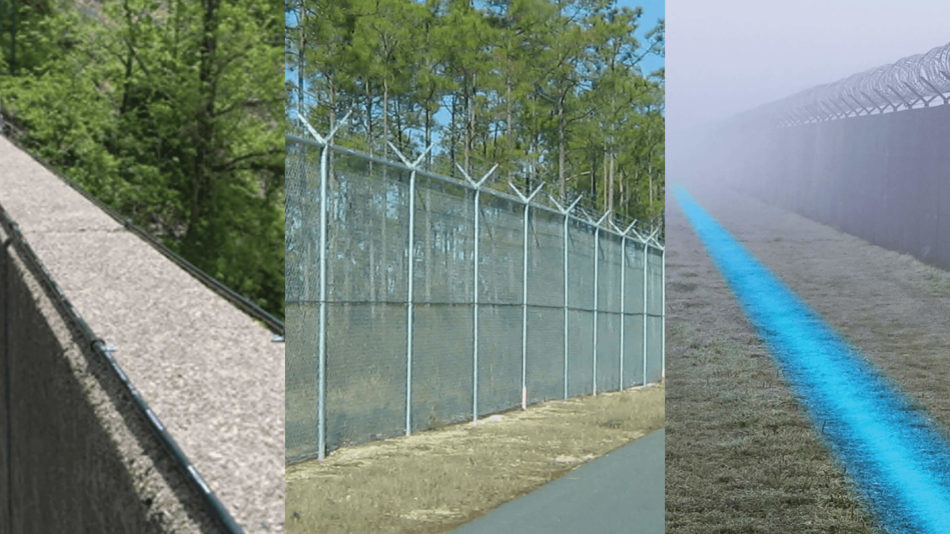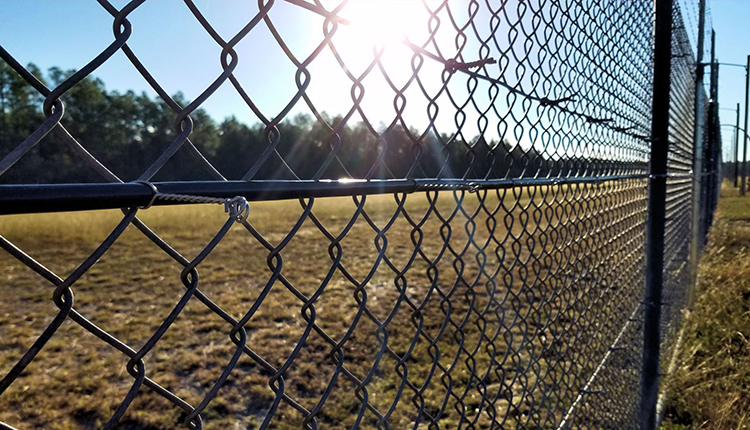Security Fibers: A Durable Solution for Advanced Security Systems
Wiki Article
Why Fiber Optic Safety Solutions Are the Future of Security
The shift to fiber optic protection systems notes a considerable innovation in the world of defense, driven by their exceptional data transmission capabilities and durability to exterior interferences. As the landscape of protection progresses alongside arising technologies such as AI and IoT, the possibility for fiber optics to enhance and redefine safety and security frameworks ends up being significantly obvious.Benefits of Fiber Optic Systems
Among the key benefits of fiber optic systems is their premium data transfer capacity, which assists in the transmission of large quantities of information over fars away without significant loss. This characteristic is specifically useful for safety and security applications that require the continuous monitoring and transfer of high-def video clip feeds, sensing unit data, and various other critical details. Optical fiber can accommodate the growing demands of contemporary safety systems, guaranteeing that information continues to be intact and reliable.In addition, fiber optic wires are less at risk to electro-magnetic disturbance, which can be a significant concern in environments with numerous electronic tools. This resistance enhances the honesty of the data being transmitted, thereby reducing the risk of data violations or system failures. Fiber optic systems are naturally extra safe and secure than traditional copper wires, as touching into a fiber optic line without discovery is extremely challenging.
The durability of fiber optic cables also adds to their appeal. They are immune to environmental elements such as dampness and temperature level variations, lowering maintenance prices and increasing system long life. In general, these advantages setting fiber optic systems as a durable and effective option for contemporary safety frameworks, making sure trustworthy and safe and secure data transmission.
Enhanced Information Transmission Rate

The capacity to transfer vast quantities of data quickly promotes the smooth assimilation of high-definition video feeds and advanced analytics. Safety and security systems can currently process and analyze info in real-time, boosting response times and situational recognition. Furthermore, fiber optic connections sustain longer transmission ranges without destruction of signal top quality, making them perfect for large security networks.
The raised speed of fiber optic systems not just improves the efficiency of protection procedures but likewise lowers latency. This is especially vital in essential circumstances where timely decision-making can avoid safety and security violations or alleviate possible dangers. As companies remain to prioritize security and performance, the demand for rapid and reliable data transmission will certainly strengthen fiber optic systems as a foundation of modern protection infrastructure.
Resistance to Interference
Fiber optic security systems constantly show remarkable resistance to electromagnetic interference, a vital advantage in atmospheres vulnerable to digital noise. Unlike traditional copper cords, which can be negatively affected by electromagnetic areas, superhigh frequency interference, and other types of electrical disruption, fiber optic wires utilize light to send information. This fundamental home makes certain that the signals remain clear and unchanged, no matter surrounding digital task.The usage of glass or plastic fibers in fiber optic modern technology creates a barrier versus disturbance, allowing for trusted data transmission also in difficult circumstances such as commercial facilities, urban areas with high electronic website traffic, or locations near radio towers. This characteristic substantially lowers the likelihood of signal deterioration or loss, making fiber optic systems particularly ideal for safety and security applications where integrity and precision of information are vital.
Moreover, this resistance to disturbance enhances the general efficiency and integrity of protection systems, making sure that tracking and alert systems function seamlessly. In a world where protection is increasingly threatened by advanced technologies, the resilience of fiber optic systems attracts attention as a crucial feature, enhancing their condition as a vital element of contemporary security infrastructure.
Cost-Effectiveness With Time
Considerable expense financial savings can be attained over time with the execution of fiber optic safety and security systems. While the initial financial investment might seem higher compared to standard copper-based systems, the long-term economic benefits come to be obvious via decreased functional and upkeep expenses (fiber security). Fiber optic wires are naturally a lot more sturdy and less prone to ecological factors, which converts to decrease replacement and fixing expenditures over their life-spanFurthermore, fiber optic systems call for much less power to operate, which additionally lowers power expenses. Boosted data transmission abilities permit less repeaters and amplifiers, reducing equipment financial investment and simplifying installment procedures. The scalability of these systems likewise contributes to cost-effectiveness, as organizations can broaden their protection facilities without incurring considerable fiber optic security system extra expenses.
An additional aspect to think about is the raised efficiency in monitoring and feedback abilities that fiber optics offer. Enhanced real-time information transmission can lead to quicker occurrence reaction times, possibly mitigating losses and obligations associated with security violations. Altogether, the lasting benefits of fiber optic safety and security systems not just warrant the initial expenditure yet likewise position them as an economically sensible selection for organizations seeking robust protection options.

Future Technologies in Safety And Security
Advancing innovations are set to reinvent safety systems, incorporating artificial knowledge (AI) and maker knowing to improve danger discovery and feedback capabilities. These advancements will certainly enable security systems to evaluate vast quantities of data in real-time, identifying patterns and anomalies that show possible hazards. This proactive technique will certainly make it possible for faster decision-making and more effective case responses.In addition, the unification of the Internet of Points (IoT) is paving the means for interconnected security gadgets, offering thorough surveillance and tracking. Smart sensors can relay info regarding ecological changes, while automated informs can inform safety and security personnel promptly of questionable activities.
Additionally, the evolution of biometric technologies will certainly even more strengthen safety systems. Face recognition, fingerprint scanning, and retina identification are becoming a lot more sophisticated, giving layers of verification that are difficult to bypass.
Conclusion
In conclusion, fiber optic safety systems represent a substantial development in protection technology, using unequaled data transmission speed, resistance to electro-magnetic interference, and long-term cost-effectiveness. As the need for advanced safety solutions remains to expand, the integration of fiber optics with arising innovations such as AI, IoT, and biometrics will certainly even more enhance safety and security facilities (fiber security). The mix of these innovations will make certain a more protected and responsive environment, solidifying optical fiber as a cornerstone of future security systemsReport this wiki page